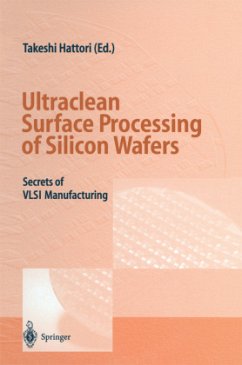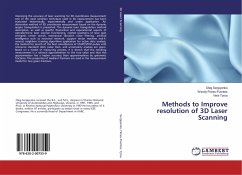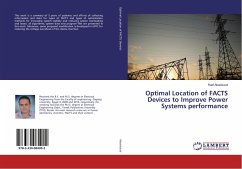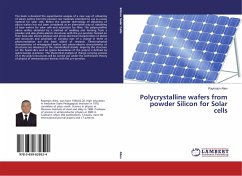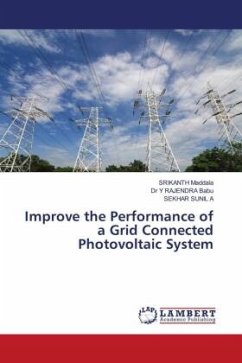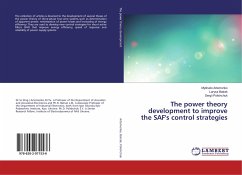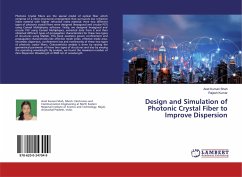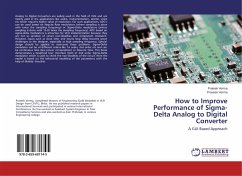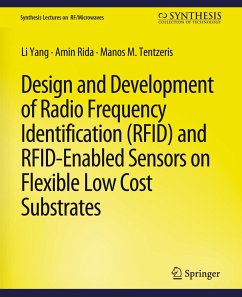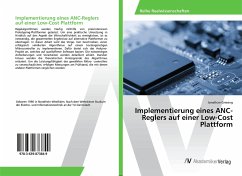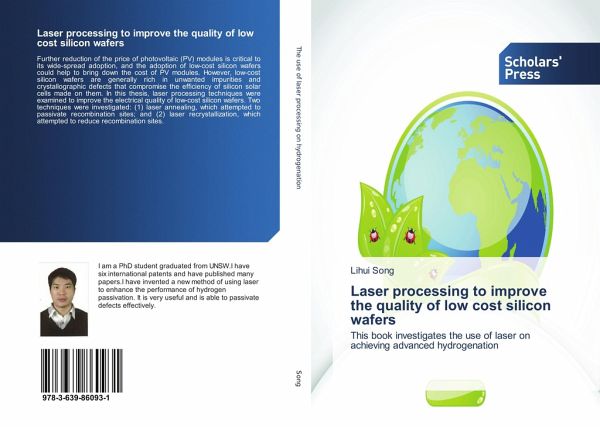
Laser processing to improve the quality of low cost silicon wafers
This book investigates the use of laser on achieving advanced hydrogenation
Versandkostenfrei!
Versandfertig in 6-10 Tagen
53,99 €
inkl. MwSt.

PAYBACK Punkte
27 °P sammeln!
Further reduction of the price of photovoltaic (PV) modules is critical to its wide-spread adoption, and the adoption of low-cost silicon wafers could help to bring down the cost of PV modules. However, low-cost silicon wafers are generally rich in unwanted impurities and crystallographic defects that compromise the efficiency of silicon solar cells made on them. In this thesis, laser processing techniques were examined to improve the electrical quality of low-cost silicon wafers. Two techniques were investigated: (1) laser annealing, which attempted to passivate recombination sites; and (2) l...
Further reduction of the price of photovoltaic (PV) modules is critical to its wide-spread adoption, and the adoption of low-cost silicon wafers could help to bring down the cost of PV modules. However, low-cost silicon wafers are generally rich in unwanted impurities and crystallographic defects that compromise the efficiency of silicon solar cells made on them. In this thesis, laser processing techniques were examined to improve the electrical quality of low-cost silicon wafers. Two techniques were investigated: (1) laser annealing, which attempted to passivate recombination sites; and (2) laser recrystallization, which attempted to reduce recombination sites.



